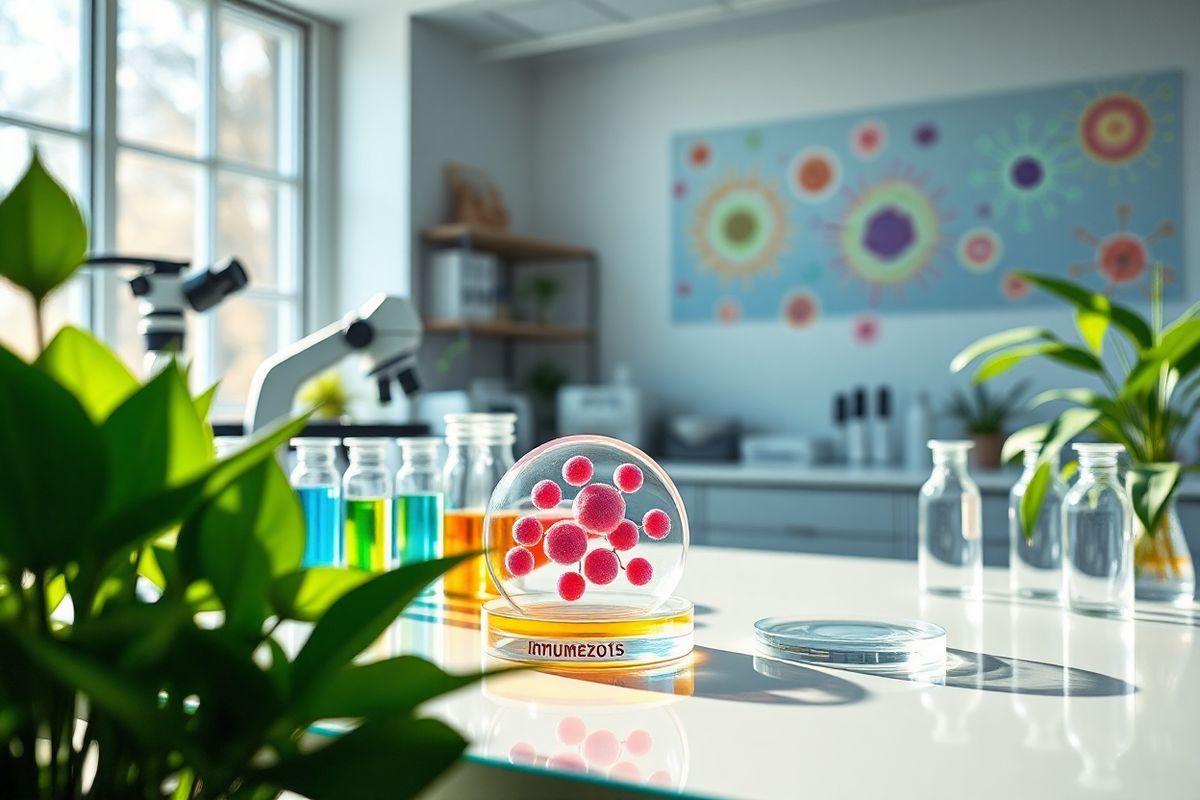Table of Contents
What is Chemotherapy and How Does it Work?

Chemotherapy involves the administration of cytotoxic drugs designed to target and kill fast-growing cells in the body. While primarily used to treat cancer, chemotherapy can also be applied in treating certain non-cancerous conditions, such as autoimmune diseases (Mayo Clinic, n.d.). The core function of chemotherapy is to disrupt the cell cycle of cancer cells, preventing them from dividing and proliferating.
Mechanisms of Action
Chemotherapy drugs can work through various mechanisms, including:
- Alkylating Agents: These drugs work by directly damaging DNA, preventing cancer cells from reproducing.
- Antimetabolites: They mimic the building blocks of DNA and RNA, thus interfering with cell division.
- Plant Alkaloids: Derived from plants, these agents disrupt the mitotic spindle, preventing cell division.
- Antitumor Antibiotics: These substances inhibit DNA and RNA synthesis by intercalating into DNA itself.
Due to the non-selective nature of these drugs, normal cells can also be affected, leading to side effects ranging from mild to severe, including allergies.
Recognizing the Symptoms of Chemotherapy Allergies
Allergic reactions to chemotherapy can manifest in various forms, and recognizing the symptoms is crucial for timely intervention. Common symptoms include:
- Skin Reactions: Hives, rashes, or swelling (urticaria) can occur after administration of chemotherapy drugs, often indicating an allergic response (Mayo Clinic, n.d.).
- Respiratory Symptoms: Allergic reactions can lead to wheezing, difficulty breathing, or even anaphylaxis, a severe, life-threatening reaction.
- Gastrointestinal Symptoms: Nausea, vomiting, or diarrhea can also be a part of the allergic reaction spectrum.
- Systemic Reactions: In severe cases, symptoms may include rapid heartbeat, dizziness, or a sense of impending doom, especially in cases of anaphylaxis (Healthline, n.d.).
The severity of symptoms can vary widely among individuals, and while some reactions may be mild, others can escalate rapidly, necessitating immediate medical attention.
Common Allergens Associated with Chemotherapy Treatments
Several chemotherapy agents are known to trigger allergic reactions:
- Taxanes: Drugs such as paclitaxel and docetaxel often lead to hypersensitivity reactions, especially upon first exposure.
- Platinum-Based Agents: Cisplatin and carboplatin are notorious for causing allergic reactions, ranging from mild skin rashes to severe anaphylaxis.
- Anthracyclines: Doxorubicin, a common chemotherapy drug, can also elicit allergic responses in some patients.
Understanding the specific allergens associated with these treatments can help healthcare providers prepare for and manage potential allergic reactions effectively.
The Role of the Immune System in Chemotherapy Allergic Reactions

The immune system plays a significant role in allergic reactions to chemotherapy. When a patient is exposed to a chemotherapy drug, their immune system may mistakenly identify it as a harmful substance, triggering an immune response. This response often involves the production of Immunoglobulin E (IgE) antibodies, which can lead to the release of histamines and other chemicals that cause allergy symptoms (Hopkins Medicine, n.d.).
Immune System Components Involved
- B-cells: Produce antibodies, including IgE, in response to perceived threats.
- T-cells: Help regulate the immune response and can direct B-cells to produce specific antibodies.
- Mast Cells: These cells release histamines and other inflammatory substances when activated by IgE.
A well-functioning immune system typically protects the body against infections; however, in allergic individuals, this system can become overly sensitive, leading to adverse reactions to medications like chemotherapy.
Managing Allergic Reactions During Chemotherapy: Tips and Strategies
Managing allergic reactions effectively during chemotherapy requires a proactive approach. Here are some strategies:
- Pre-Medication: Before administration of known allergenic chemotherapy drugs, pre-medication with antihistamines or corticosteroids can help mitigate allergic reactions (Mayo Clinic, n.d.).
- Monitoring: Close monitoring during infusion can help detect early signs of allergic reactions. Healthcare providers should be prepared to respond with emergency interventions if needed.
- Patient Education: Patients should be educated about the potential for allergic reactions and be encouraged to report any symptoms immediately.
- Alternative Therapies: If a severe allergy is identified, oncologists may consider switching to alternative chemotherapy regimens that are less likely to provoke allergic responses.
- Emergency Plans: Patients with a history of severe allergic reactions should have an emergency action plan, including access to epinephrine auto-injectors.
TablCommon Chemotherapy Drugs and Associated Allergens
| Chemotherapy Drug | Potential Allergic Reactions |
|---|---|
| Paclitaxel | Hives, anaphylaxis |
| Cisplatin | Rash, severe allergic reactions |
| Doxorubicin | Skin reactions, fever |
| Docetaxel | Breathing difficulties, swelling |
FAQ
Can allergic reactions to chemotherapy occur after multiple treatments?
Yes, allergic reactions can develop after previous treatments, even if they were well tolerated initially. It’s crucial to monitor for any new symptoms.
How can I prepare for chemotherapy if I have known allergies?
Discuss your allergies with your oncologist. They may recommend pre-medications or adjustments to your treatment regimen to minimize the risk of allergic reactions.
What should I do if I experience an allergic reaction during chemotherapy?
Notify your healthcare provider immediately. They can assess the severity of the reaction and provide appropriate treatment.
Are there specific chemotherapy drugs that are less likely to cause allergic reactions?
Some patients tolerate certain chemotherapy drugs better than others. Discuss with your oncologist about alternative options if you have a history of allergic reactions.
References
- Mayo Clinic. (n.d.). Chemotherapy. Retrieved from https://www.mayoclinic.org/tests-procedures/chemotherapy/about/pac-20385033
- Healthline. (n.d.). Allergic Reaction: Symptoms, Treatment, Prevention & More. Retrieved from https://www.healthline.com/health/allergies/allergic-reaction
- Hopkins Medicine. (n.d.). Allergies and the Immune System. Retrieved from https://www.hopkinsmedicine.org/health/conditions-and-diseases/allergies-and-the-immune-system
- NHS. (n.d.). Allergies. Retrieved from https://www.nhs.uk/conditions/allergies/
- AAAAI. (n.d.). Allergic Reaction. Retrieved from https://www.aaaai.org/tools-for-the-public/conditions-library/allergies/allergic-reactions










